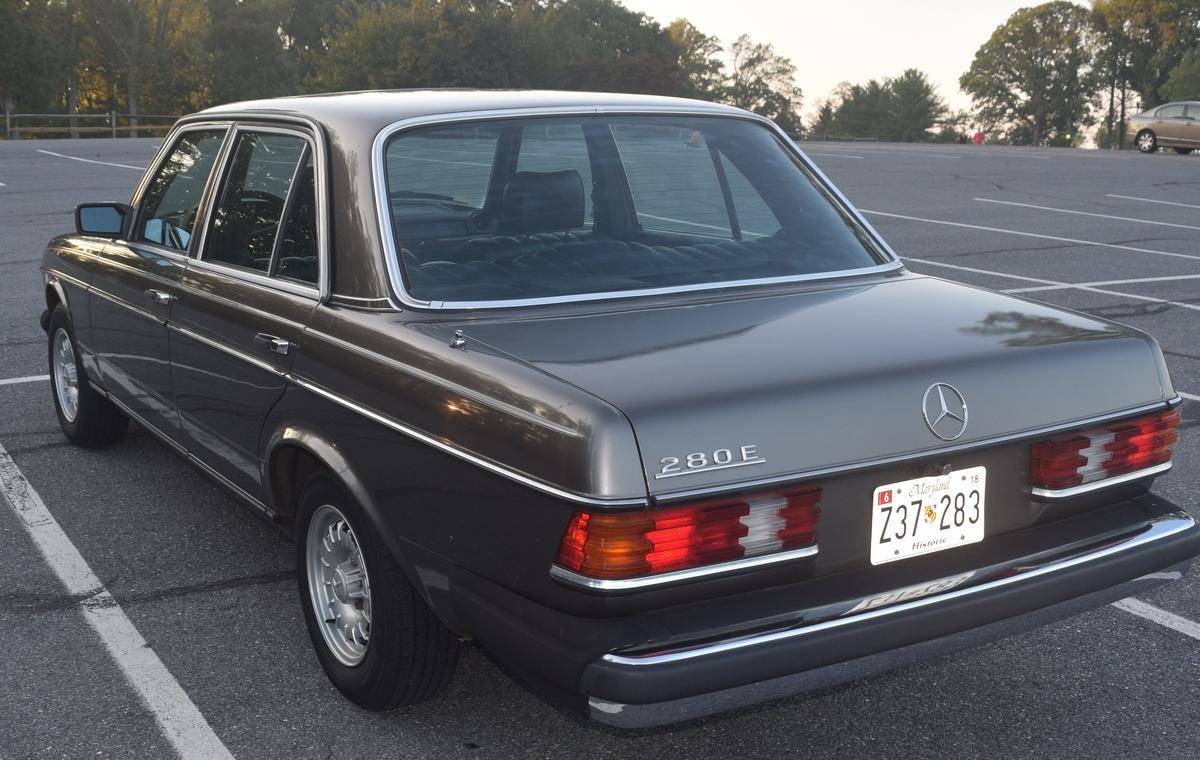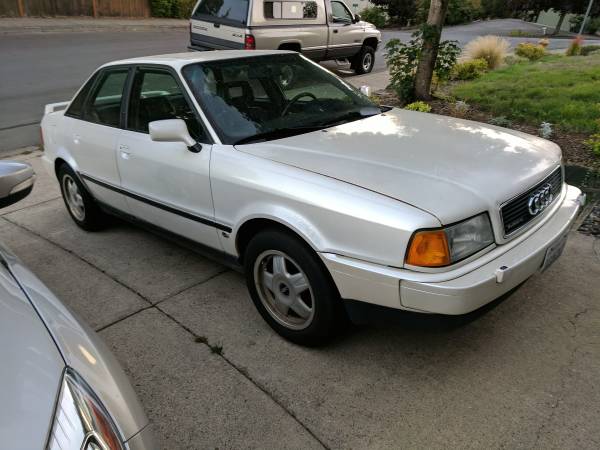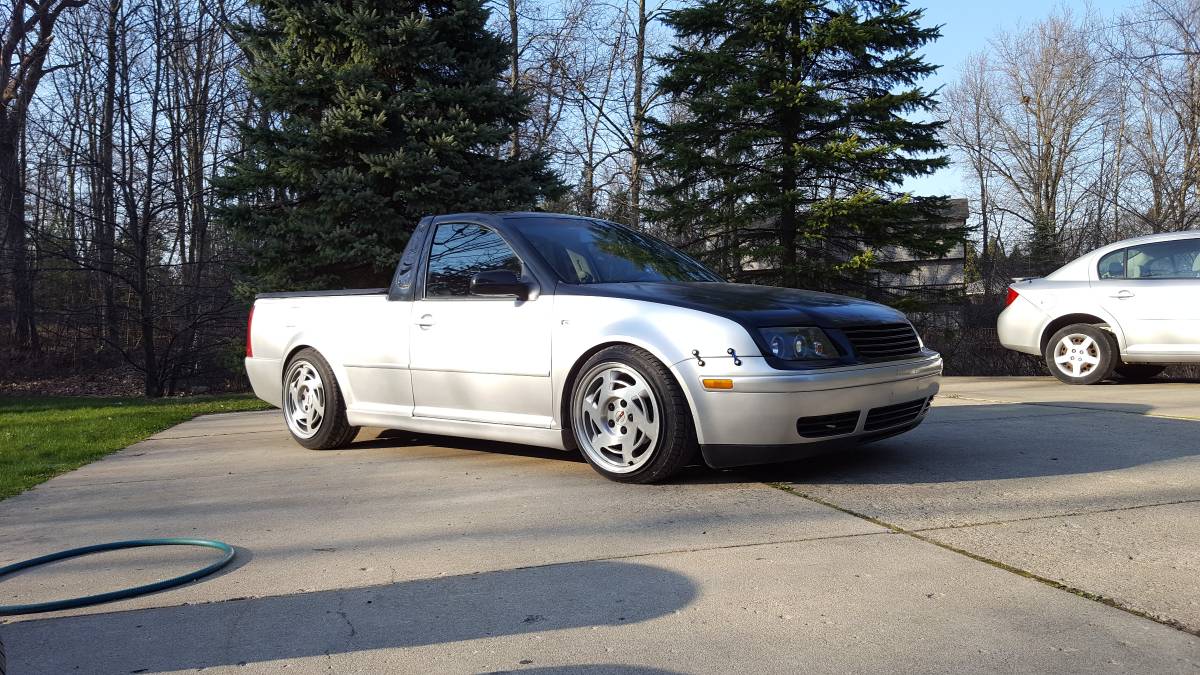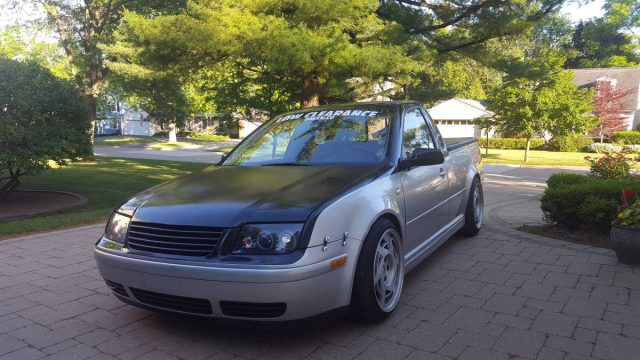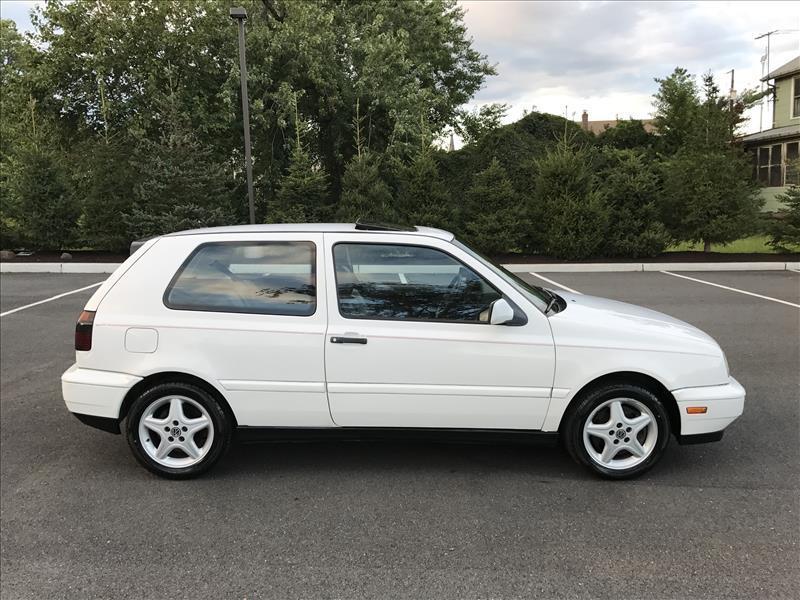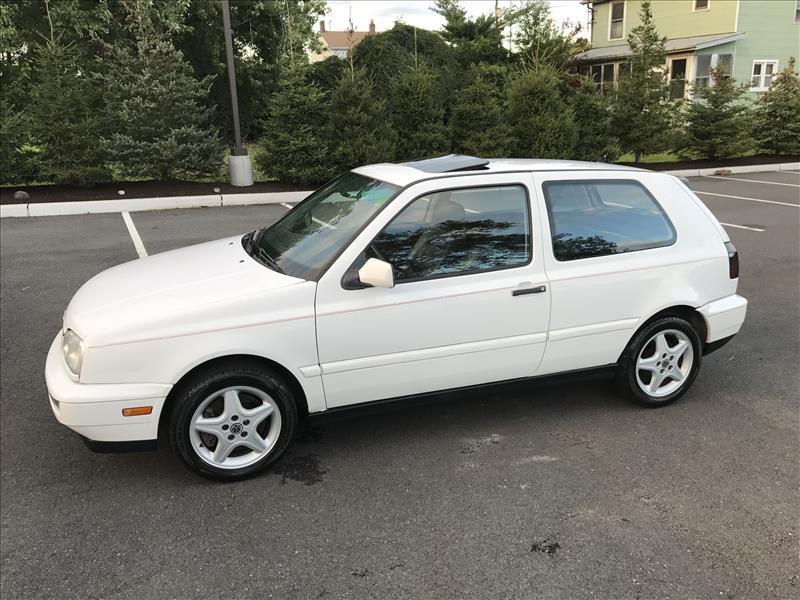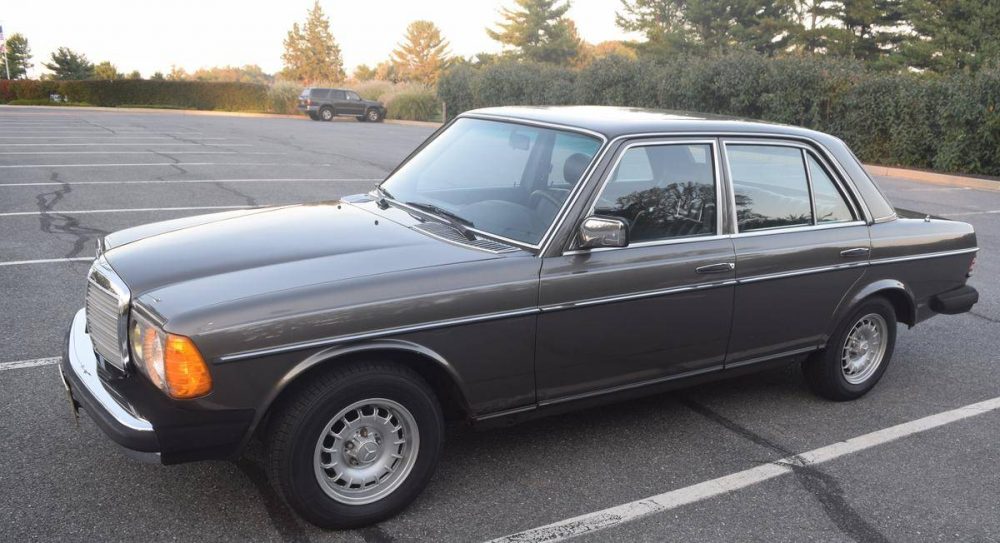
I give a lot of love to the Mecedes-Benz W123 and rightfully so, some think it is the best car ever produced. A few even claim that in these Benz models will be the only survivors of in a post-apocalyptic world. I’m not one to argue as I own a 1983 240D and drive it on a regular basis. It is far from perfect and has it flaws, but when I’m driving down the road in it I can’t help but think how satisfied I am in it. When I really think about it, my most my complaints are from the powerplant in the 240D. Sure, it is as dead simple and reliable as the day is long. But on the other hand it is loud, not that smooth, is dangerously under powered at times and leaves a film of diesel residue from the exhaust on the interior when I drive with the windows down. (I’m sure that isn’t great for my lungs either.) The 5-cylinder OM617 solves some of the problems, but it is still unrefined at times. So what are the other options then? How about a silky smooth inline-6? Luckily, Mercedes-Benz offered that option in the W123 and while not nearly as common as the diesel cars, they are still out there.
This 1981 280E for sale in Maryland offers up that inline-6 option. It has everything great about the W123 but also a 2.8 liter that makes a very respectable 185 horsepower! This is a far cry from the 84 horsepower in the 240D and the 125 horsepower in the 300D. The M110 engine uses a Bosch K-Jetronic injection system that is reliable, not overly complicated and though it won’t return diesel-level gas mileage, it won’t break your wallet either.
